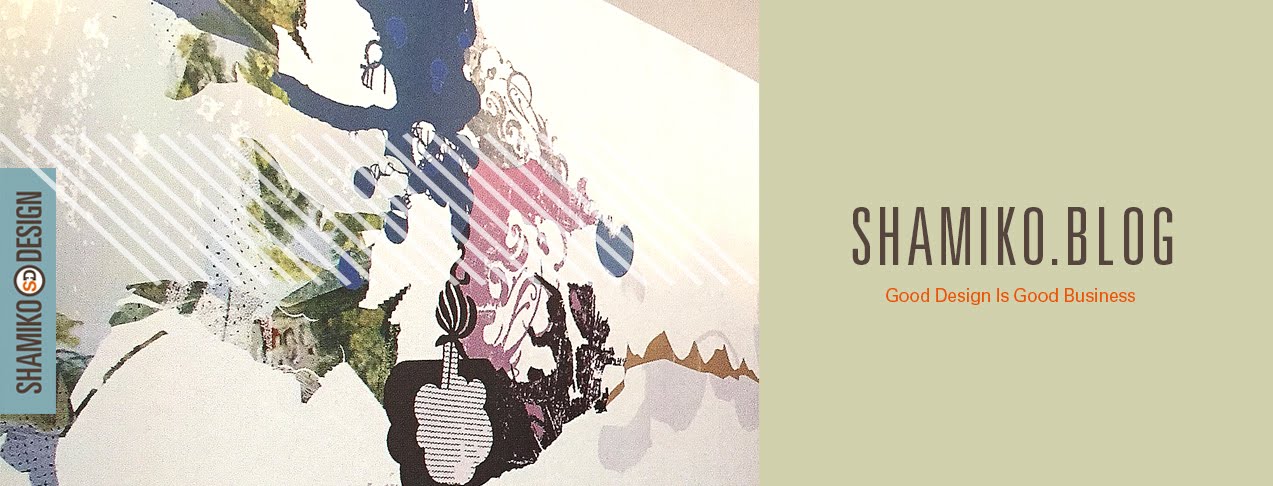When choosing a product name, it is important to focus on marketability (the extent to which the name provides consumers with information about a product) and distinctiveness (the extent to which the name is capable of differentiating a specific product from those of competitors). Marketability enables consumers to understand exactly what it is a company is selling, whereas distinctiveness makes it easier for consumers to associate a specific product with that particular company. A distinctive name also can be used and registered as a trademark, thereby providing its owner with the right of exclusive use nationwide.
The best product names are those which strike a balance between marketability and distinctiveness. This balance can often be difficult to achieve because the most marketable product names tend to be the least distinctive, and vice versa. Fortunately, however, by applying basic trademark law principles a business owner can ensure that he or she selects a product name which is both marketable and distinctive.
The Trademark “Spectrum of Distinctiveness” Every product name is classifiable according to what trademark practitioners call a “spectrum of distinctiveness.” This spectrum consists of the following five categories (listed in order from most to least distinctive): fanciful, arbitrary, suggestive, descriptive and generic.
Fanciful trademarks consist of words that have been made up or invented by their owners. Because they do not exist independent of the products with which they are used, fanciful trademarks are considered the most distinctive. “Starbucks” is an example of a fanciful trademark.
Arbitrary trademarks — common words and phrases used in a meaningless context — also are highly distinctive. The brand name “Apple,” which Apple, Inc. uses in connection with computers, is an example of an arbitrary trademark. Although the term “Apple” has a well-known meaning, that meaning is entirely unrelated to computers. Apple Inc.’s use of “Apple” in connection with its computers therefore is “arbitrary” and distinctive. Although fanciful and arbitrary trademarks are highly distinctive, this advantage comes at a price: low marketability. Fanciful and arbitrary trademarks, in isolation, provide consumers with no information regarding the products with which they are used. Huge companies (such as Starbucks Corporation) can overcome this disadvantage by spending millions of dollars on promotion. For business owners without such vast resources, however, choosing a fanciful or arbitrary trademark can result in difficulties creating brand awareness.
Generic terms lie at the opposite end of the spectrum from fanciful and arbitrary trademarks. Consisting entirely of the common names for the goods or services with which they are used, generic terms cannot be protected as trademarks because they are incapable of distinguishing those particular goods and services. A company could not, for example, register the trademark “Apple” for Granny Smith apples. “Apple” is a generic term in this context, even though it is an arbitrary term when used in connection with other goods (such as computers).
Descriptive terms also are unprotectable as trademarks, except in rare circumstances involving years of use and promotion. A term is considered “merely descriptive” if it describes an ingredient, quality, characteristic, function, feature, purpose or use of the specified goods or services. The word “Oatnut,” for example, was found to be merely descriptive (and refused registration) when used in connection with bread containing oats and hazelnuts, because the “Oatnut” name was nothing more than a combination of two key ingredients used in the bread.
Unlike arbitrary and fanciful trademarks, generic and descriptive terms are highly marketable because they convey information to consumers about the products with which they are used. Generic and merely descriptive terms are not, however, either distinctive or protectable as trademarks, and can therefore create difficulties for a business owner seeking to differentiate his or her goods and services from those of competitors. Like fanciful and arbitrary trademarks, descriptive and generic terms, standing alone, fail to provide a satisfying balance between marketability and distinctiveness.
Striking the Right Balance
A business owner nonetheless can ensure that his or her trademark is both marketable and distinctive, by following either one of two strategies. First, a business owner can pair a distinctive (but unmarketable) arbitrary or fanciful trademark with a marketable (but nondistinctive) generic or descriptive term. Owners of even well known fanciful and arbitrary trademarks follow this very approach.
Starbucks retail stores, for example, feature exterior signage that reads “Starbucks Coffee,” rather than “Starbucks.” By combining a protectable term (such as “Starbucks”) with a descriptive or generic term (such as “Coffee”), a business owner can achieve both marketability and distinctiveness.
A second solution is to choose a suggestive trademark. Lying at the center of the distinctiveness spectrum (between arbitrary and descriptive names), suggestive trademarks are those which require imagination, thought or perception to reach a conclusion as to the nature of the goods or services with which they are used. The brand name “Jaguar,” used by Jaguar Cars Ltd. for luxury cars, is an example of a suggestive trademark. The “Jaguar” name is not arbitrary because it tells consumers something about the associated product — that it goes fast. “Jaguar” also is not descriptive because consumers must use their imaginations to discover the subtle association between the name “Jaguar” and cars.

No comments:
Post a Comment
Thank you for your comments.